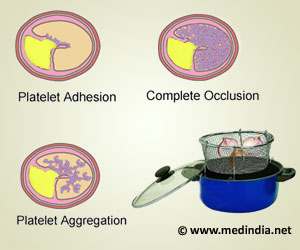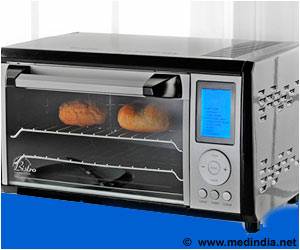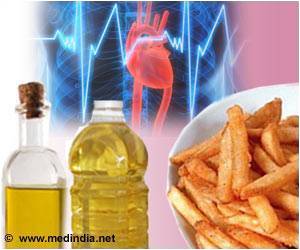Cook books may not give adequate details on cooking temperature to indicate that a food is cooked and that it is free from pathogens.
Highlights
- Some best selling cookbooks offer readers little useful advice about reducing food-safety risks.
- A total 1,497 recipes from 29 cookbooks that appeared on the New York Times best sellers were evaluated for their instructions on food safety.
- Only 89 out of 1,497 recipes gave readers reliable information that they could use to reduce their risk of food borne illness.
- Does the recipe tell readers to cook the dish to a specific internal temperature?
- If it does include a temperature, is that temperature one that has been shown to be "safe"? For example, cooking chicken to 165°F.
- Does the recipe perpetuate food-safety myths - such as suggestions to cook poultry until the juices "run clear" - that have been proven unreliable for determining if the dish has reached a safe temperature?
Study Findings
The researchers found that only 123 recipes - 8 percent of those reviewed - mentioned cooking the dish to a specific temperature and, not all of the temperatures listed were high enough to reduce the risk of food borne illness.
"Cookbooks tell people how to cook, so we wanted to see if cookbooks were providing any food-safety information related to cooking meat, poultry, seafood or eggs, and whether they were telling people to cook in a way that could affect the risk of contracting food borne illness," said Ben Chapman, senior author, associate professor of agricultural and human sciences at North Carolina State University.
- Very few recipes provided relevant food-safety information, and 34 of those 123 recipes gave readers information that wasn't safe.
- Cooking meat, poultry, seafood and eggs to a safe internal temperature kills off pathogens that cause food borne illness but 99.7 percent of recipes gave readers "subjective indicators" to determine when a dish was done cooking.
- The most common indicator was cooking time, which appeared in 44 percent of the recipes. Cooking time is particularly unreliable, because so many factors can affect the time it takes to cook something, the size of the dish being cooked, how cold it was before going into the oven, differences in cooking equipment, and so on.
- Other common indicators used in the cookbooks included references to the color or texture of the meat, as well as vague language such as "cook until done."
"Cookbooks aren't widely viewed as a primary source of food-safety information, but cookbook sales are strong and they're intended to be instructional," says Chapman.
- Benjamin Chapman et al., Evaluating food safety risk messages in popular cookbooks, British Food Journal (2017) http://dx.doi.org/10.1108/BFJ-02-2017-0066.
Source-Medindia










